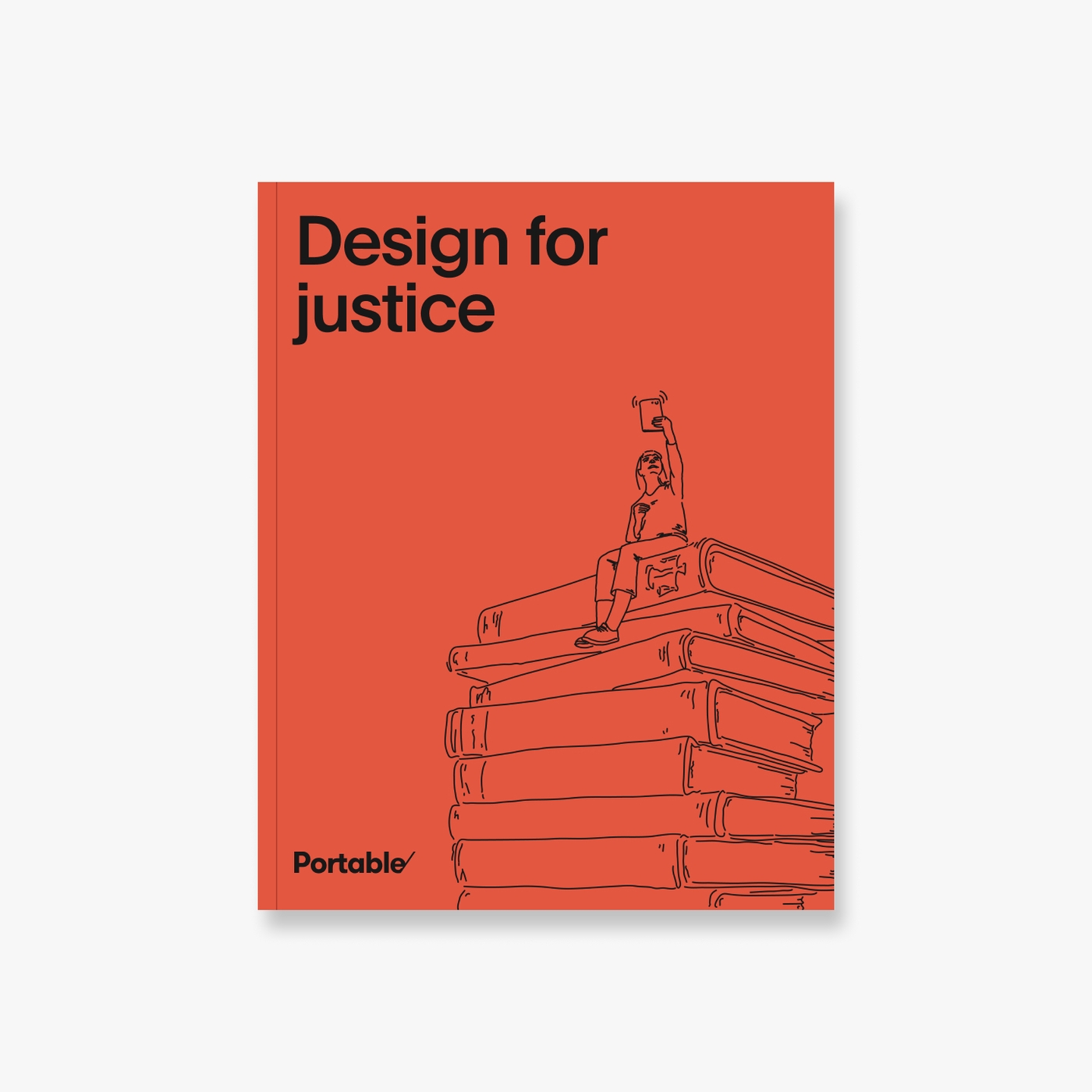The Neighbourhood Justice Centre in Victoria, Australia identified a problem with the way in which it handled requests from potential victims of violence. This is the way that it had worked for the past three decades:
- Fill out a one-size fits all paper form, that you could pick up from a court, a police station or more recently download as a PDF online.
- Physically drop the form off at the local Neighbourhood Justice Centre or police station, regardless of where you lived or how safe you felt leaving your home.
- The form would then be manually entered into a system within the court, or the police would fax it.
This process was difficult for the person filing the intervention order to complete. More importantly there was no way for the police or courts to assess the severity of each individual without physically meeting or calling, which could prove to be dangerous in itself.
What we did
In 2013 we started to work hand in hand with the Neighbourhood Justice Centre to reinterpret the way in which the entire process and relationships between victims, the courts and the police related.
We embarked on a full service design of the experience, shadowing court staff and users, conducting ethnographic research and using a wide range of Design Thinking practices to iterate towards a unified, user centred solution.
Together with the Neighbourhood Justice Center, we took this single paper form and all of its processes and banished it back to the 20th century.
Outcomes
Today, the family violence intervention order is changing the way in which people seek help and assistance when in need. It is being rolled out to courts across Victoria and was recently cited as an innovative best practice as part as the Royal Commission into Family Violence in Victoria.
Through a combination of ethnographic research, co-design workshops and good old technical know-how we were able to accomplish the following:
- digitised the form and made it accessible across all devices
- reduced the amount of questions required to complete the application.
- embedded our own smart form technology: it can now detect if someone is at risk and point them in the right direction immediately, rather than being a blunt instrument.
It now provides insights and reporting that have not been present for the past few decades, which informs policy and procedures across the sector.
Get a free copt of our policy report design for justice
